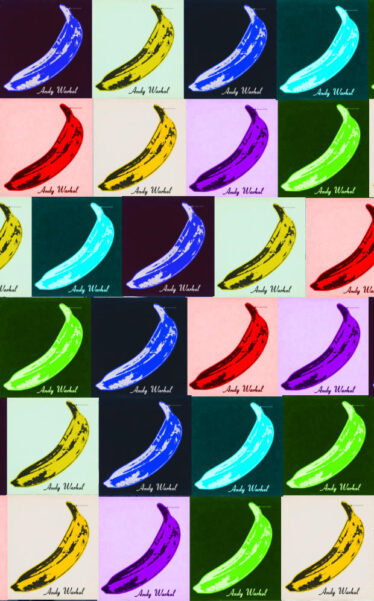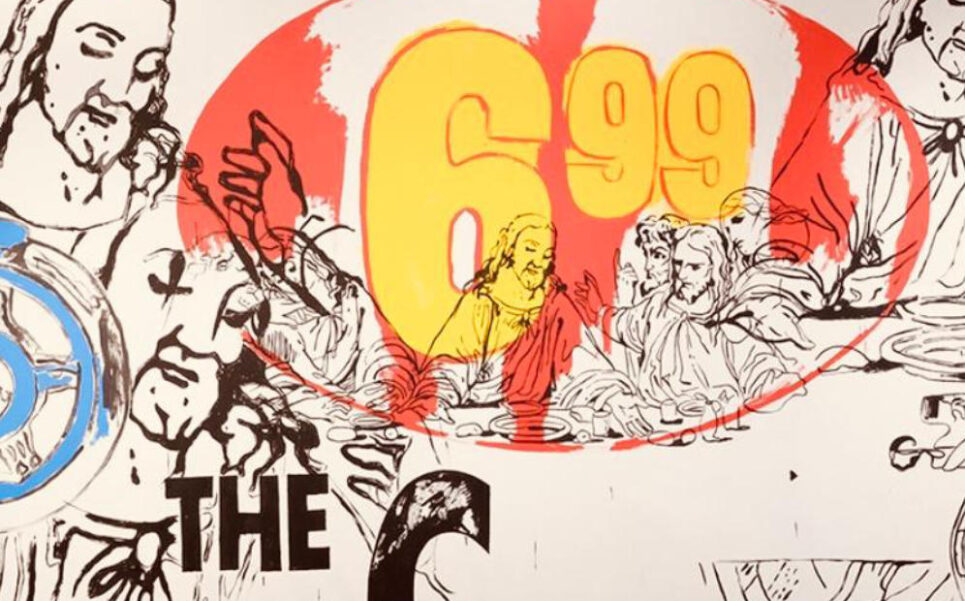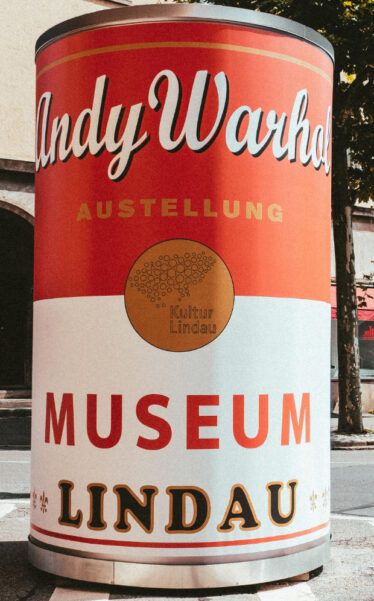Thankfully, there are many artists in our world. We crave for art. That being said, the number of artists who are household names is vanishingly small.
One of the most magnificent artists (my opinion) was and will always be Andy Warhol. Warhol was an American visual artist that revolutionized the world. But, before we go deeper into who this man was, we will try to understand a bit more about the visual arts.
Visual arts and Pop art
The visual arts are art forms such as painting, drawing, printmaking, sculpture, ceramics, photography, video, filmmaking, design, crafts, and architecture.
For a very long time, the term artist had been restricted to a person working in the fine arts (painting, sculpture, or printmaking) and not the decorative arts, crafts, or applied visual arts media.

Visual art is a fundamental component of the human experience reflecting the world and the time in which we live. Art can help us understand our history, our culture, our lives, and the experiences of others.
The primary purpose of visual arts is to communicate ideas, emotions, and experiences. Visual art has played a significant role in human history and culture.
Visual arts is a powerful communication tool that transcends language barriers. It’s a universal language. Visual arts can be used to generate a conversations, to challenge social norms, and inspire change.
On the other hand, pop art is an art movement that emerged in the United Kingdom and the United States during the 1950s.
The movement presented a challenge to traditions of fine art. It included images from popular and mass culture. One of its aims is to use images of popular culture in art, emphasizing the banal or kitschy elements of any culture, most often through the use of irony.
It is important to note that the origins of pop art in North America developed differently from those in Great Britain.
In the United States, pop art was a response by artists; it marked a return to hard-edged composition and representational art. By contrast, the origins of pop art in post-War Britain, were more academic.
The man
Andy Warhol (Andrew Warhola Jr.) was born in August 6, 1928 in Pittsburg, Pensilvania. Andy Warhol was extremely influenced by his mother, Czechoslovakia-born Julia Warhola. The family had a great passion for music, dance, art and creativity and they would shape his passion for art and drawing.

As immigrants, his family struggled to support themselves in America’s time of economic distress. When he was eight, he was diagnosed with a disease called Chorea. Warhol suffered from impaired movement and balance along with physical imperfections and it was then when he found his love for art. As Warhol continued his education, he took many art classes and decided to study Fine Arts at Carnegie Mellon University.

He was an American visual artist, film director, producer, and leading figure in the pop art movement.
He initially pursued a successful career as a commercial illustrator. After having the opportunity of exhiniting his work in several galleries in the late 1950s, he began to receive recognition as an influential and controversial artist.
Warhol was at the center stage of Pop Art, and he had a particular insight about it.
His works dealt with the relationship between artistic expression, advertising, and celebrity culture.
Consciously or not, in his work he showcased the changes that art would have because of reflected the displacement of comic books, movies, television, and advertising.
In the late 1960s he managed and produced the experimental rock band The Velvet Underground and founded Interview magazine. He authored numerous books, including The Philosophy of Andy Warhol and Popism: The Warhol Sixties. He lived openly as a gay man before the gay liberation movement.
The commercial artist
Warhol began as a commercial artist and that is why he moved to New York City. Commercial art is the art of creative services, referring to art created for commercial purposes, primarily advertising. As such it is sued in a variety of platforms (magazines, websites, apps, television, etc.) for viewers with the intent of promoting the sale and interest of products, services, and ideas.

His first professional gig drawing shoes for Glamour magazine in the late 1940s. He later created album covers for Columbia Records and did illustrations for the footwear manufacturer Israel Miller.
In the 1950s, Warhol worked as a designer for shoe manufacturer Israel Miller. While working in the shoe industry, Warhol developed his “blotted line” technique, applying ink to paper and then blotting the ink while still wet, which was akin to a printmaking process on the most rudimentary scale.
His use of tracing paper and ink allowed him to repeat the basic image and also to create endless variations on the theme.
With the rapid expansion of the record industry, RCA Records (an American record label owned by Sony Music Entertainment, a subsidiary of Sony Corporation of America) hired Warhol, along with another freelance artist, Sid Maurer, to design album covers and promotional materials.
His illustrations of this period featured a technique, which he had developed in college, of blotting ink renderings before they dried, leaving peculiar dotted lines.
In tandem with his illustration work, Warhol was making his own art, which he began to exhibit in 1952 with a solo show at the Hugo Gallery in New York.

Four years later, he had a one-man outing at Bodley Gallery, in 1957. While still indebted to Shahn, this work was often overtly homoerotic, with depictions of nude young men.
Warhol made his initial Pop Art forays between 1960 and 1962 with paintings based on newspaper images including ads, comic strips, and front-page headlines.
Most of these were done in black and white or as grisailles, though several sourced from the funny pages were in color.
Subject-wise, they ranged from mundane circulars for appliances (Icebox, 1961) to tragic tabloid covers (129 Die in Jet!, 1962), and together they conveyed the way mass media brought all content to the same level.
The world saw the Campbell’s Soup cans, in 1962. There were 32 in total, one for each variety of soup, they were displayed in a line on shelves. Except for using a stamp for part of the label, Warhol painted each by hand. The result directly linked fine art to consumerism.
Some of his other popular work includes portraits of celebrities, such as Maryland Monroe and Elizabeth Taylor, painted in bright and bold colors.
Concluidng for the moment
Visual Arts provide a creative outlet for individuals to express their emotions, ideas, and perspectives through various artistic forms.

Through visual arts, we can relate and understand different cultures and perspectives, providing us with a global understanding of different walks of life.
Andy Warhol was not only influential, but he created a whole new genre: pop art.

So much so, that it is not possible to look at pop art or contemporary art without associating them with Andy Warhol’s works. His unique style was the perfect blend of commercial and free-thinking works. An artist capable of creating satire and provocation, while bringing stunning stills and detail to his pieces.
He was an inspiration not only in his time, but today and possibly for generations to come.
Warhol’s impact on the world continued after his death.
The truth is that he radicalized the art world and inspired many. The common Pop Art theme in his work spoke of the American people and their culture.
Unlike most artists of the 20th century Warhol worked in great depth in many different forms of media. He projected a concept of the artist as an impersonal figure who is a celebrity, businessman, and social climber.


